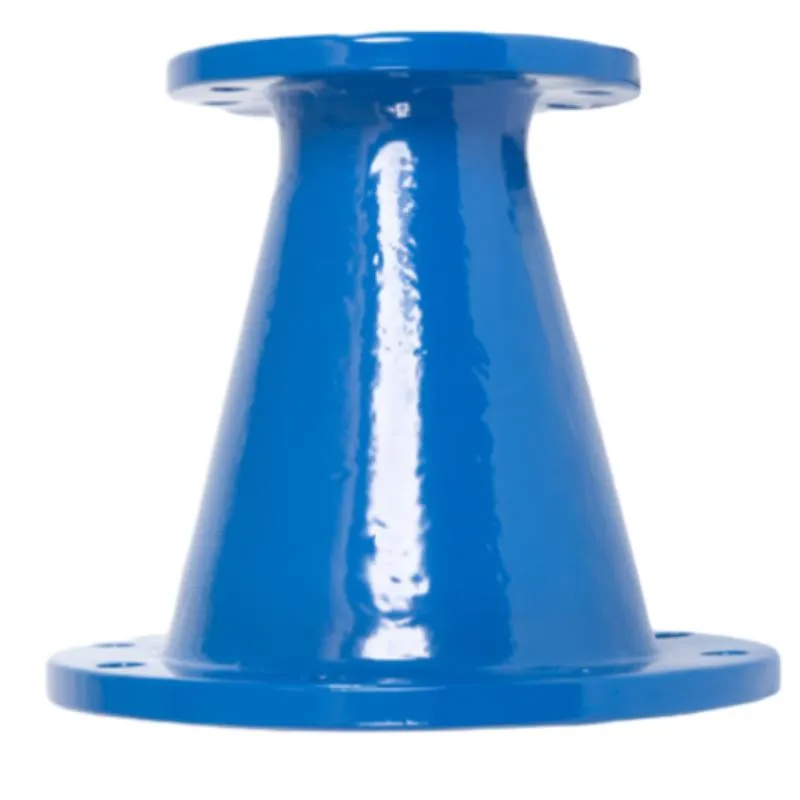Comparing Ball Valves and Butterfly Valves for Efficient Flow Control Solutions
Ball and Butterfly Valves A Comparative Overview
When it comes to regulating fluid flow in industrial applications, ball valves and butterfly valves stand out as two of the most popular choices. Each type has its distinct advantages and specific use cases, making them suitable for different scenarios.
Ball Valves
Ball valves are characterized by their spherical disc, known as a ball, which has a hole through its center. This design allows for a straightforward on-off control of fluid flow. When the ball is rotated to align the hole with the pipeline, the fluid flows freely; when the ball is turned perpendicular to the flow, it effectively blocks it.
One of the primary advantages of ball valves is their ability to provide a tight seal, making them ideal for applications where leakage is a concern. Additionally, they can handle high pressures and temperatures, which is why they are often used in gas and oil industries, as well as in water treatment facilities. The quick actuation of ball valves also makes them favorable for situations requiring rapid fluid control.
However, ball valves may not be the best option for throttling applications, as their design is not suited for reducing flow rates; they function best in fully open or fully closed positions.
ball and butterfly valves

Butterfly Valves
On the other hand, butterfly valves consist of a circular disc mounted on a shaft. The disc can be rotated to various angles to control the flow of fluid. Unlike ball valves, which operate in a binary manner (fully open or fully closed), butterfly valves allow for throttling, making them suitable for regulating flow in a more controlled manner.
The compact design of butterfly valves offers significant space-saving benefits, making them ideal for installations where space is limited. They are commonly used in large pipelines, such as those found in HVAC systems and wastewater treatment plants. Butterfly valves are generally lighter than ball valves, making them easier to install and maintain.
However, one drawback is that butterfly valves may not provide as tight a seal as ball valves, especially in high-pressure applications. They are best suited for moderate pressure and flow applications.
Conclusion
In summary, both ball and butterfly valves play crucial roles in fluid control. The choice between them largely depends on the specific requirements of the application, including factors such as space, pressure, and the necessity for throttle control. Understanding their characteristics helps engineers and technicians select the right type of valve for optimal performance in various industrial scenarios.
-
The Smarter Choice for Pedestrian AreasNewsJun.30,2025
-
The Gold Standard in Round Drain CoversNewsJun.30,2025
-
The Gold Standard in Manhole Cover SystemsNewsJun.30,2025
-
Superior Drainage Solutions with Premium Gully GratesNewsJun.30,2025
-
Superior Drainage Solutions for Global InfrastructureNewsJun.30,2025
-
Square Manhole Solutions for Modern InfrastructureNewsJun.30,2025
-
Premium Manhole Covers for Modern InfrastructureNewsJun.30,2025
